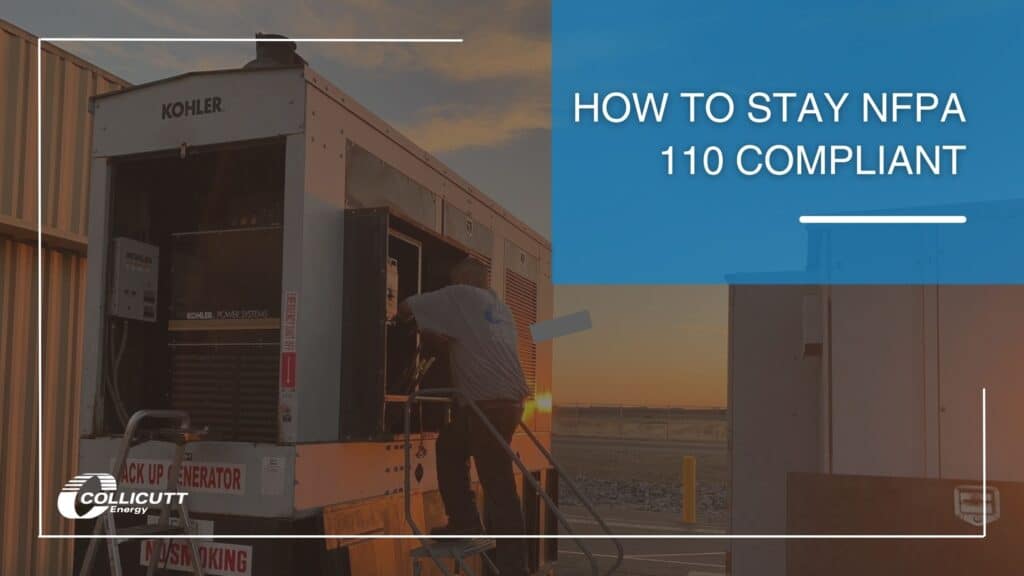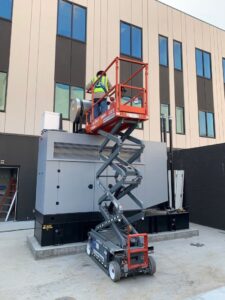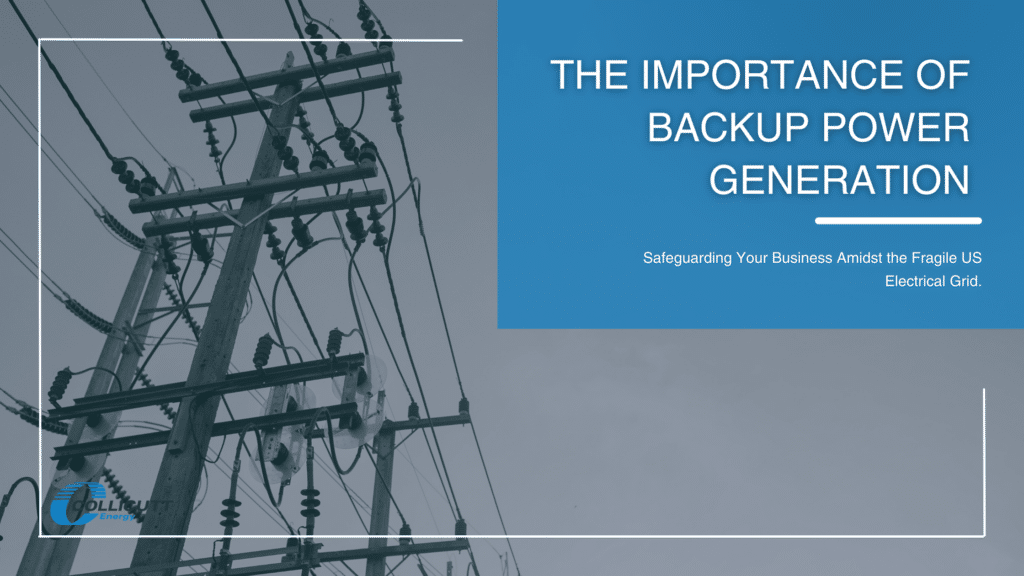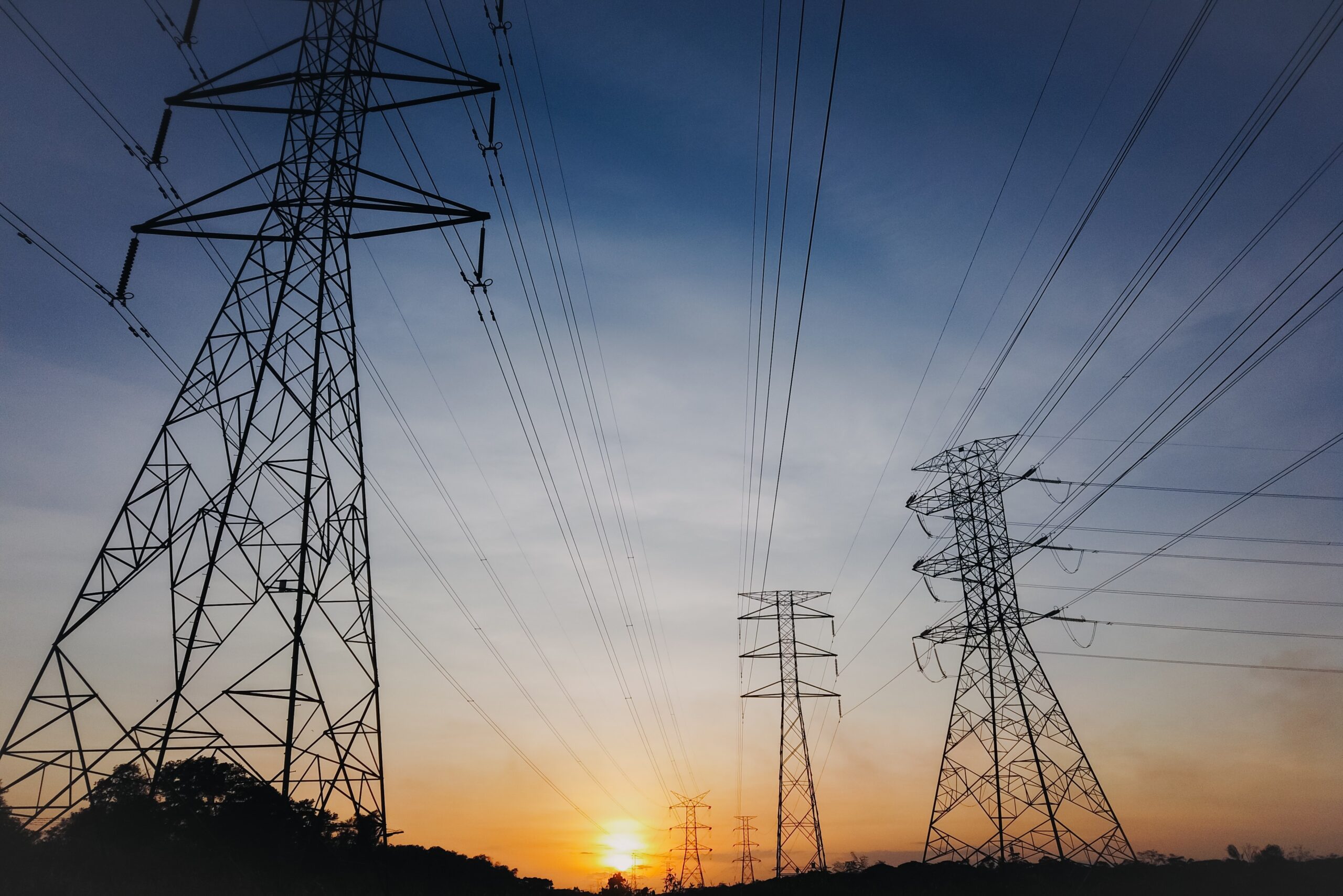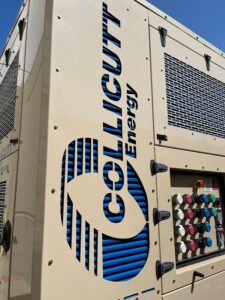Wildfire Season Is Coming—Will Your Business Be Ready?
In both California and Alberta, wildfire season has become a predictable, high-risk reality. For organizations that depend on consistent power and operational uptime, these fire seasons now pose a serious threat—not just to infrastructure, but to the safety of personnel and the bottom line.
At Collicutt Energy Services, we specialize in more than just backup power. We help businesses build comprehensive contingency plans designed for real-world resilience.
The Risks: Downtime, Safety, and Uncertainty
California’s wildfire season now stretches from late spring through fall, often triggering grid instability, rolling blackouts, and Public Safety Power Shutoffs (PSPS). Alberta’s season runs from March through October, with peak threats in late spring and summer.
These events can:
- Halt operations across industrial, commercial, and institutional facilities
- Compromise communications and safety systems
- Cause unplanned downtime and financial losses
- Place employees and infrastructure at risk
The Solution: Resilience Through Preparedness
1. Backup Power Solutions That Perform
Collicutt offers diesel, natural gas, and CHP generator systems designed to match your facility’s energy needs and risk profile.
- Diesel Generators – Fast-start, high-power output
- Natural Gas Generators – Cost-effective, lower emissions
- CHP Systems – Simultaneous heat and electricity generation for high-efficiency needs
We handle site assessments, design, permitting, installation, and commissioning—all tailored to meet local codes and fire safety regulations.
2. Seamless Power Transfer with ATS
Automatic Transfer Switches (ATS) ensure a seamless transition between utility and backup power. In the event of a failure, your ATS activates within seconds—keeping your operations online and your equipment protected.
3. Remote Monitoring
Stay informed with cloud-based remote monitoring tools that provide:
- Fuel level tracking
- Real-time system health diagnostics
- Fault alerts and reporting
Collicutt also offers 24/7 remote support to help you act fast when it matters most.
4. Routine Testing and Preventative Maintenance
Without testing, your backup generator is just an expensive placeholder. Collicutt provides scheduled maintenance services that include:
- Load testing
- Battery checks and fluid replacements
- Comprehensive inspections and reporting
5. Full-Scope Safety Preparedness
True resilience includes safeguarding your personnel. We help implement:
- Emergency lighting and alarms tied to backup power
- Grid-independent communications systems
- Stocked emergency supply kits (PPE, water, first aid)
- Evacuation plans and coordination with local fire authorities
The Customer Benefit: Uninterrupted Power, Enhanced Safety
With a Collicutt-engineered contingency plan, you gain:
- Uninterrupted operations during wildfire-related outages
- Reduced risk of safety incidents and costly downtime
- Confidence that your people and assets are protected by proven, reliable emergency power solutions
- Expert support before, during and after fire season
Your Partner in Wildfire Resilience
Collicutt Energy Services delivers more than generators—we engineer resilience. From backup power to integrated emergency systems, we help businesses operate with confidence through any wildfire season.
Don’t Leave Your Business Exposed.
Contact us today to schedule your wildfire preparedness consultation.
888.682.6888 |info@collicutt.com
Read for more information on Wildfire Preparedness: How to Prepare for California Wildfire Season


